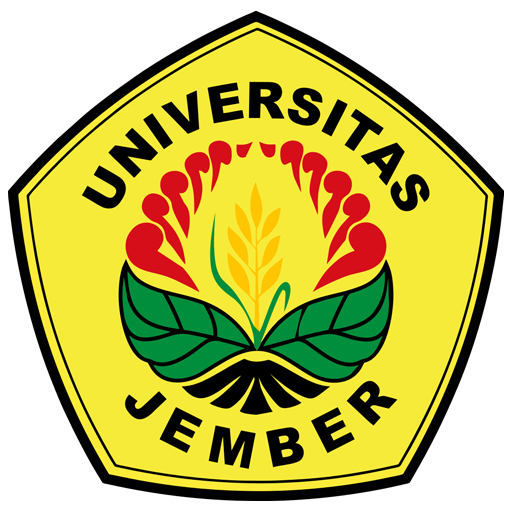Pola Hubungan Ketetanggaan di Masyarakat Urban: Studi Kasus di Kampung Osing, Jember (The Pattern of Neighbourhood Relation in Urban Society: Case Study in Kampung Osing, Jember)
DOI:
https://doi.org/10.19184/e-sos.v6i1.12192Abstract
Abstract
The city center is often regarded as a dense se
ttlement structure and full of various interests. In Indonesia, the
density of occupation also caused various types of migrants from the region to color the urban culture. in fact,
various traditional cultures also affect the inhabitants of the city so tha t the term kampung town appears. The
process of agglomeration and urbanization that occurred in the city of Jember also affected villages in the city
center, one of which was Osing Village which was a (melting pot). The characteristics of the residents who live
in this village are mostly Javanese and Madurese, this ethnic difference can lead to an interaction between
village residents in the form of adjustment, competition, and tension. The purpose of this study is to describe the
pattern of neighboring rel ationships in urban communities. This study uses a descriptive qualitative approach.
The results of the study show that the relationship pattern of neighboring communities living in Kampung Osing
can be identified by the joint activities they undertake. Th e characteristics of the people of Kampung Osing are
diverse, and live in densely populated settlements. This makes them experience changes in social life. Such
changes are like the emergence of social stratification formed by the existence of differences in socio economic
status both high, medium and low which are influenced by wealth ownership, employment, and educational
attainment which ultimately affects the pattern of interactions that occur. On the other hand, the lack of space
makes the occupying co mmunity experience the configuration of private space into public spaces and public
spaces into private spaces. The neighbor relationship pattern that occurs because of crowded housing and
inconvenience makes people experience "dissatisfaction" caused by t he absence of standard regulations around
the local environment such as the absence of a prohibition on parking vehicles in a narrow alley. In addition,
they also built several social networks that were influenced by, place factors, social status factors a nd the
common area of origin.
Keywords:
n eighbourhood r elations , s pace c onfiguration, s ocial s tratification
Downloads
Downloads
Published
Issue
Section
License
Penulis yang mengusulkan naskahnya untuk dapat diproses penerbitannya pada e-SOSPOL dianggap telah menyetujui beberapa hal sebagai berikut:
1. Penulis tidak dapat menarik naskah yang telah usulkan untuk diproses hingga mendapat jawaban dari Ketua Dewan Penyunting atas status naskah artikel ilmiahnya (diterima atau ditolak untuk diterbitkan).
2. Penerbit tidak bertanggung jawab terhadap kasus plagiasi atas artikel yang terbit pada e-SOSPOL
3. Penerbit tidak bertanggung jawab atas data dan isi dari artikel yang diterbitkan pada e-SOSPOL, dan sepenuhnya merupakan tanggung jawab penulis.



.png)
